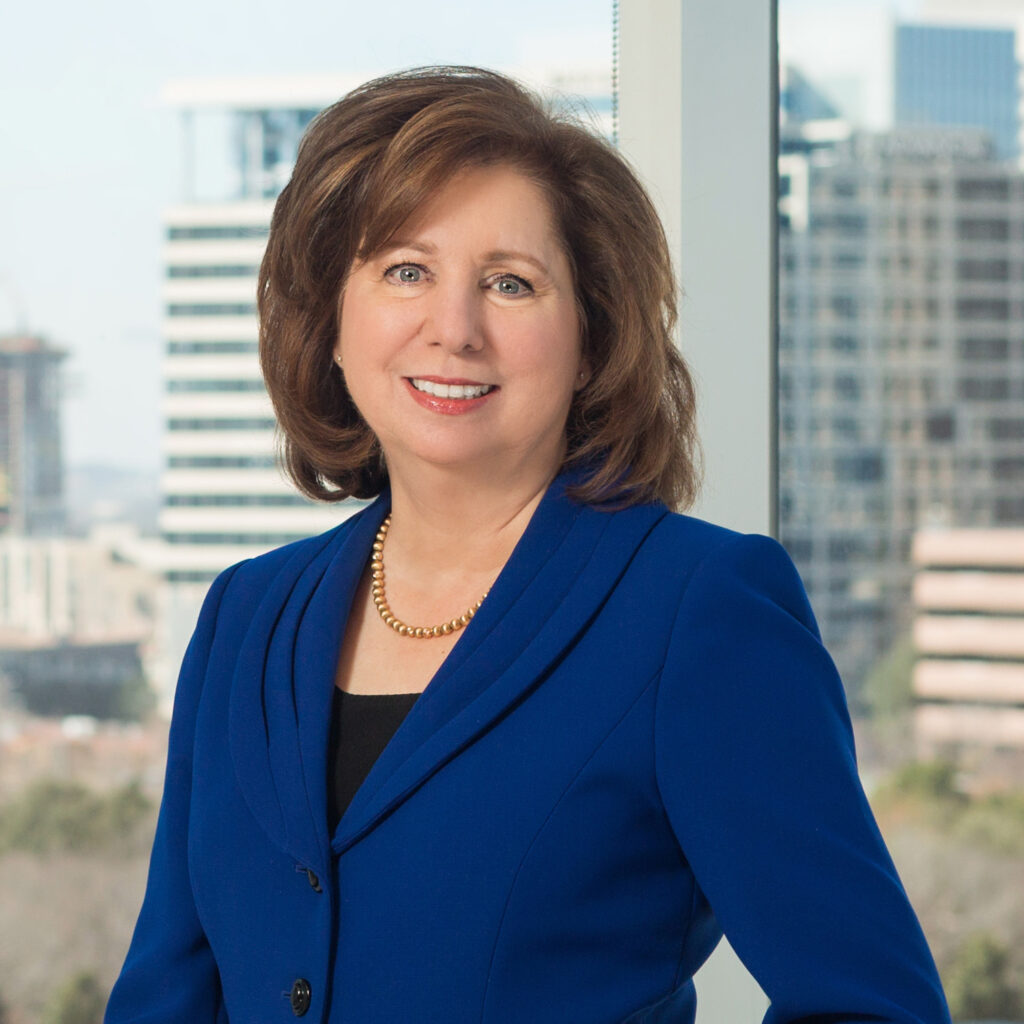Forty-five years ago, I graduated from law school and joined one of the oldest, largest firms in the city of Dallas. That opportunity was not available to all the women in the classes ahead of me. In fact, as I started law school, the third-year women law students gathered the new women students on the steps of Lawyers Inn to explain why their graduating class had sued many of the major law firms in Dallas for discrimination. Even though there were several women in the top of that class, they were generally not hired by the larger firms.

The firm I ultimately joined, Jackson Walker LLP, was not one of the defendant firms. They had hired Jo Jenkins from that class, and she was their representative on the law school campus. She interviewed me and recommended my hire in the litigation department. Six years later, I became the first woman associate to make partner in the firm’s almost 100-year history. Women peers sent me notes that read, “Welcome to the 3 percent.” That was the percentage of women who were partners at that time.
That class of women who graduated two years before me opened the door for the next batch of law students as firms were now looking to hire women following the settlement of the lawsuit. Gradually, more and more women entered law schools, graduated and were indeed hired by the largest and oldest firms.
Today, over 50 percent of the hires at these firms are women who are practicing in all areas of law. And yet, in many firms, only about 20 percent of the partners are women.
Much has changed in the profession for women, but many of the issues women face remain the same. As I mentor and visit with women in the legal profession today, I find they struggle with issues similar to the ones faced by women decades ago. Primary among these is the struggle to compete at the same level as their peers while devoting sufficient time to families and children, if they have them.
One woman attorney told me that she and her male peer had children in the same years, but his career flourished uninterrupted while hers lagged behind. For her, it was a professional setback that took years to overcome. I knew that feeling. I had six children: one before I made partner, three during partnership and two after moving to a counsel role.
I was blessed to have a firm that allowed me to work remotely before it was considered acceptable. During the late 1980s, I was trying a commercial litigation matter while expecting my third child. My pregnancies were challenging, and I was ordered on bed rest. The client actually put computer equipment in my home so I could continue to work on the case. I prepared cross-examination questions each night that I then faxed to another attorney to use in questioning the witness the next day. When the case ended, the equipment remained in my home, and the firm continued to update it. For about 20 years, I worked primarily from home. To do so, I needed to develop a “desk” practice. Healthcare law allowed me to practice from home.
The opportunity to work remotely kept me in the profession while raising six children. It enabled me to be present for my children during the day, pick them up from school and attend to their needs. Yes, there was some criticism, but the firm’s support for this unique work relationship was critical to my continued practice of law. The availability today of connectivity, along with the realization that remote work is doable when needed, keeps many doors open during times in our lives when flexibility at work is most needed.
I always encourage students to consider law as a profession. The ability it affords with flexibility in the workday enables a work/family balance. I am one of 10 children, and our father was an attorney. Seven of us are lawyers. Many of us enjoy the freedom to practice law and to focus on life’s other joys as well.
Looking forward, our daughter Louisa now is also an attorney at a large firm, Troutman Pepper Locke. She has many woman peers, and the pathway to partnership looks bright. However, many firms are struggling as before with getting women and underrepresented talent through to partnership.
The numbers seem to have remained flat for the past several years. I am encouraged to see a new awareness of the stagnant ratio of women moving into full partnership. Firms seem more willing to encourage mentorship to assist along the associate journey than to finally even out the ranks of underrepresented talent and women in partnership. As that occurs, more will be in firm management and can help direct the next generation.
Those women in the class ahead of me, who sued the law firms, ultimately became federal judges and partners at those same firms. So much has indeed changed, yet issues are still the same.
Mary Emma Ackels Karam is a healthcare partner in the Dallas office of Jackson Walker.
